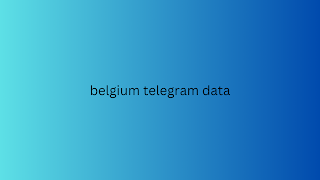77% of decision makers within a DMU found their last purchase complex. Due to an abundance of information and content, it is often difficult to determine what the best solution is for a specific issue. Online orientation quickly becomes a struggle for many B2B target groups.
We regularly use a CDP (Customer Data Platform) ourselves, so that website visitors are shown personalized content. For example, you can show a visitor from the financial services sector different content than a visitor who is active in the transport sector. This is achieved by bundling data from CRM systems, e-mail marketing, advertising and other sources in one intelligent platform. This makes personalization possible.
After all, the ideal customer journey is personal, and can mean something completely different for one visitor than for another. If you combine good timing with high relevance, something can be created that many marketers dream of!
In the Netherlands, we see that CDPs are mainly used by the somewhat larger B2C e-commerce and travel & leisure players. Here too, B2B lags behind somewhat, while there is a huge opportunity to remove complexity and distinguish yourself from the competition.
In our method, the B2B customer journey (simplified) consists of 7 phases. Not linear, but in a circle. After all, you want a customer to come back to you! Being actively present where potential - and existing - customers are is key.
Traditionally, the division between sales and marketing in the buyer journey is equal, but we see that in recent years this has shifted towards a larger share of marketing. Your own website is belgium telegram data central in this buyer journey, but inbound strategies via the right distribution channels are indispensable.
B2B buyer journey
The steps below are the things we often figure out based on different target groups or personas.

1. Out-of-market
The potential lead reads thought leadership content, keeps an eye on industry-specific trends via social (e.g. LinkedIn and Medium) and is looking for inspiration in various corners. In this “out of market” phase of the buyer journey, the potential lead is not yet fully aware of the problem or solution. This phase can also be seen as the pre-awareness phase.
Also read: B2B organization, this is how you start with website personalization [step-by-step plan]
2. Trigger
A problem has been identified within the potential lead's organization. Therefore, various suitable solutions are actively sought. Often, a project group is put together so that various stakeholders can provide input to arrive at the right solution. These stakeholders proactively use Google Search, niche blogs, videos, and other content to gain more insight into this.
